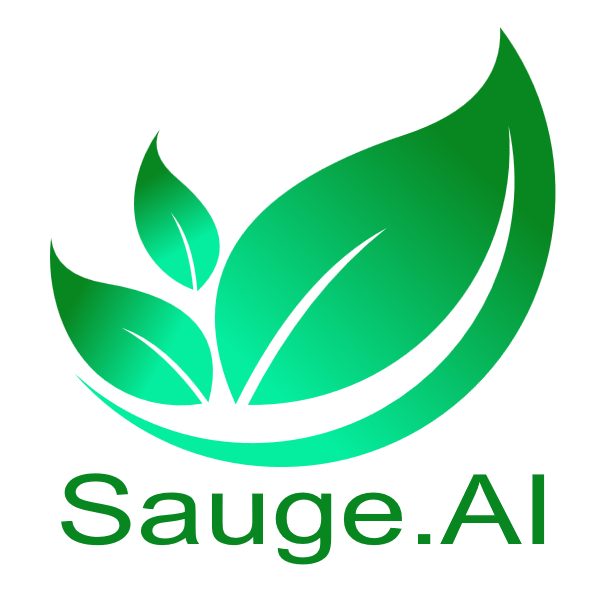Research Fellowship in Medical Imaging and Radiotherapy (including AI) - Job Opportunity at RMIT University
Benefits
Key Responsibilities
Requirements
Education
Experience
Required Skills
Certifications
Sauge AI Market Intelligence
Industry Trends
Salary Evaluation
Role Significance
Key Projects
Success Factors
Market Demand
Important Skills
Critical Skills
Beneficial Skills
Unique Aspects
Career Growth
Potential Next Roles
Company Overview
RMIT University
RMIT University is a leading Australian institution with particularly strong reputation in applied research and industry partnerships. The STEM College represents one of Australia's largest concentrations of science and technology research, with the university's focus on practical, industry-relevant research making it an attractive destination for researchers seeking to bridge academic research with real-world applications.
Data Sources & Analysis Information
Job Listings Data
The job listings displayed on this platform are sourced through BrightData's comprehensive API, ensuring up-to-date and accurate job market information.
Sauge AI Market Intelligence
Our advanced AI system analyzes each job listing to provide valuable insights including:
- Industry trends and market dynamics
- Salary estimates and market demand analysis
- Role significance and career growth potential
- Critical success factors and key skills
- Unique aspects of each position
This integration of reliable job data with AI-powered analysis helps provide you with comprehensive insights for making informed career decisions.
